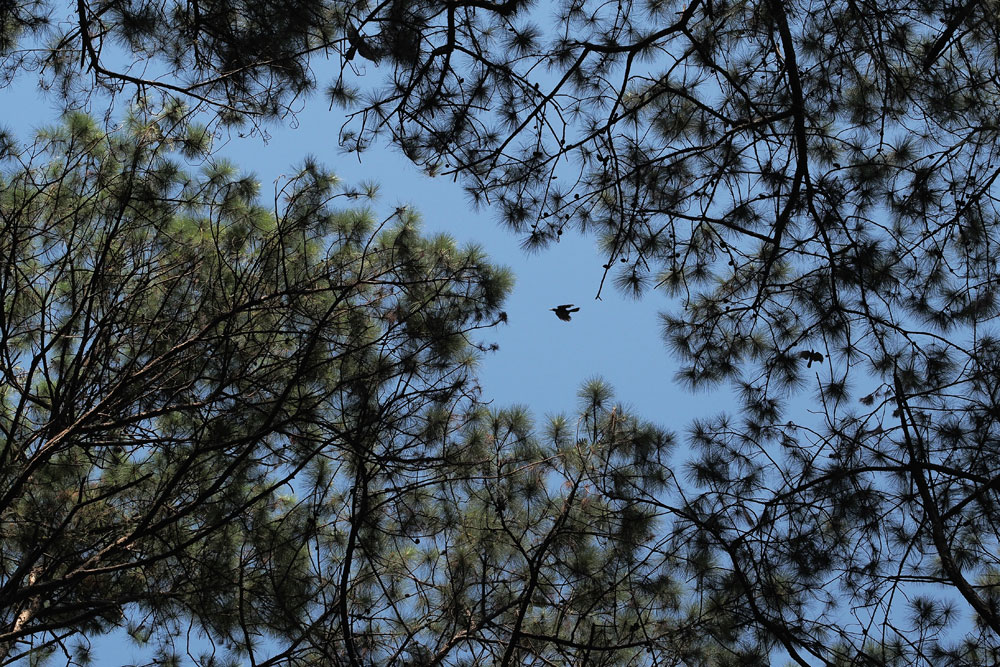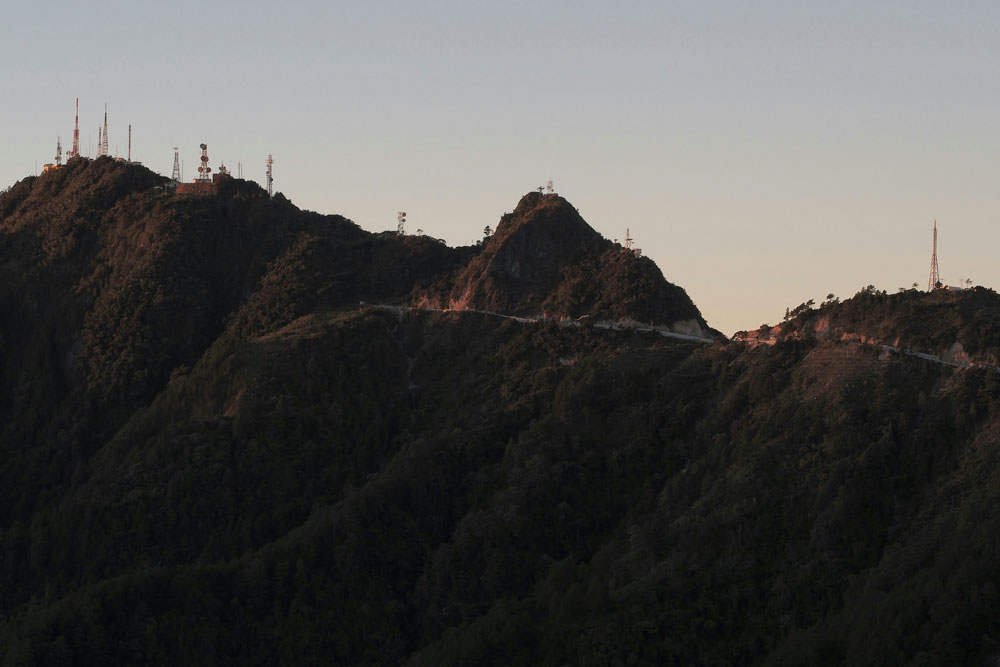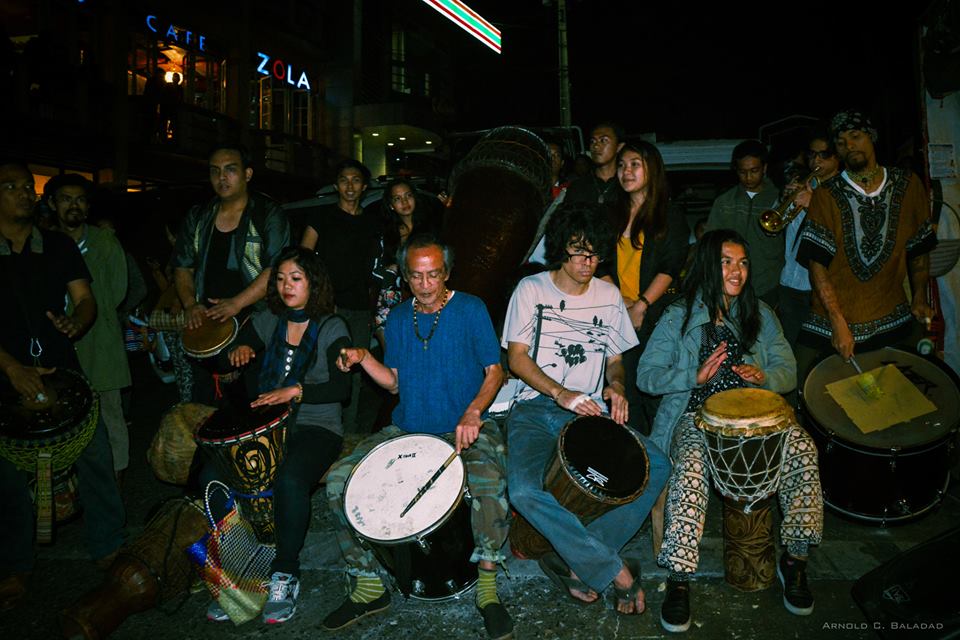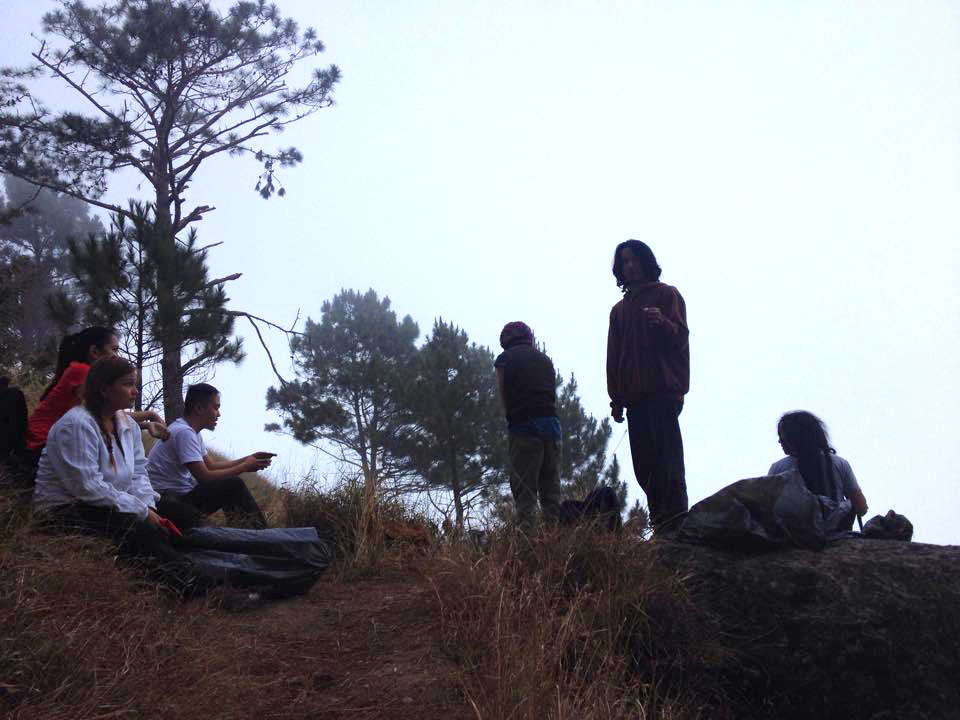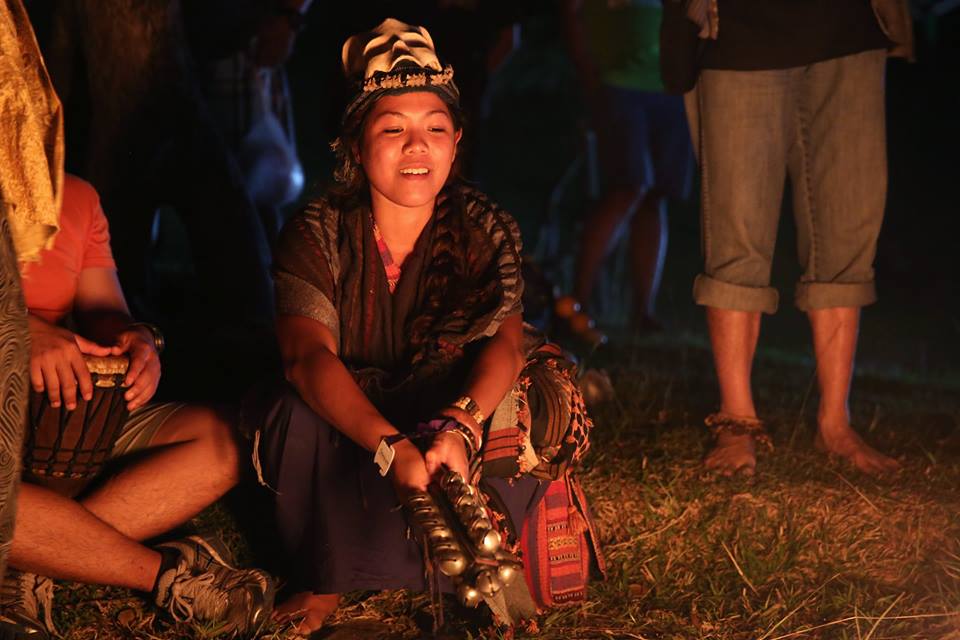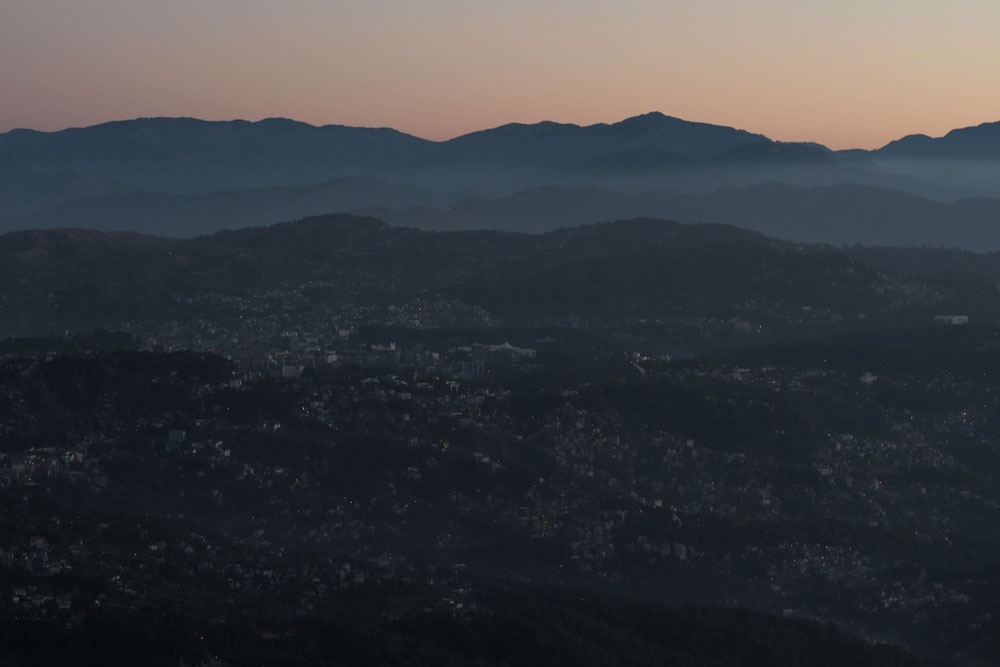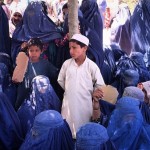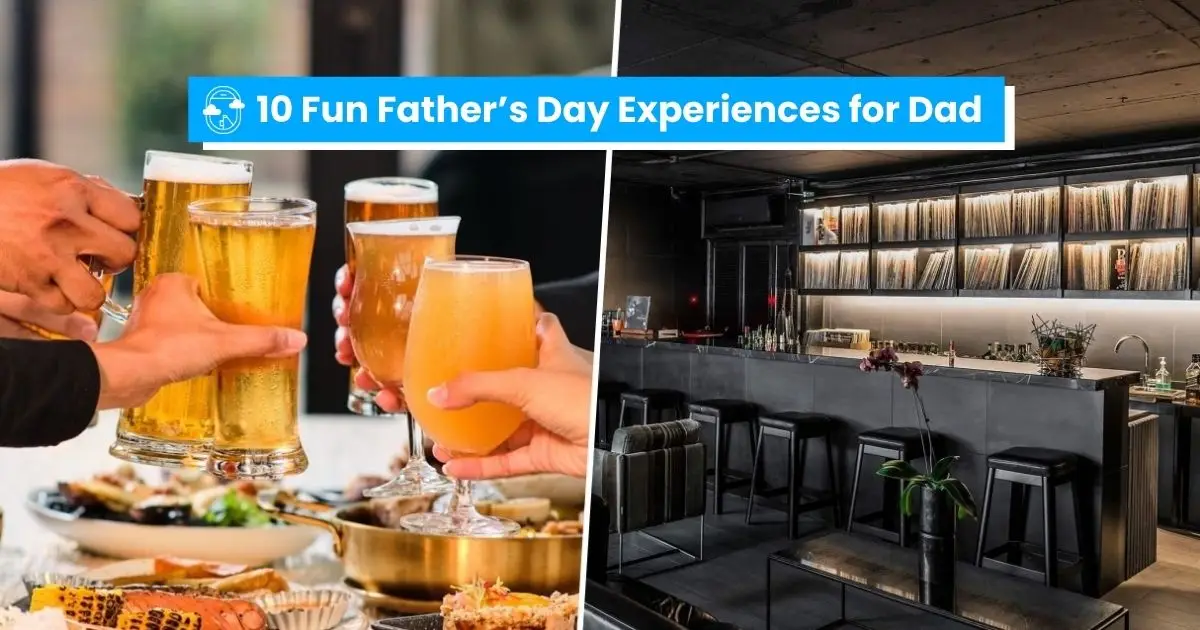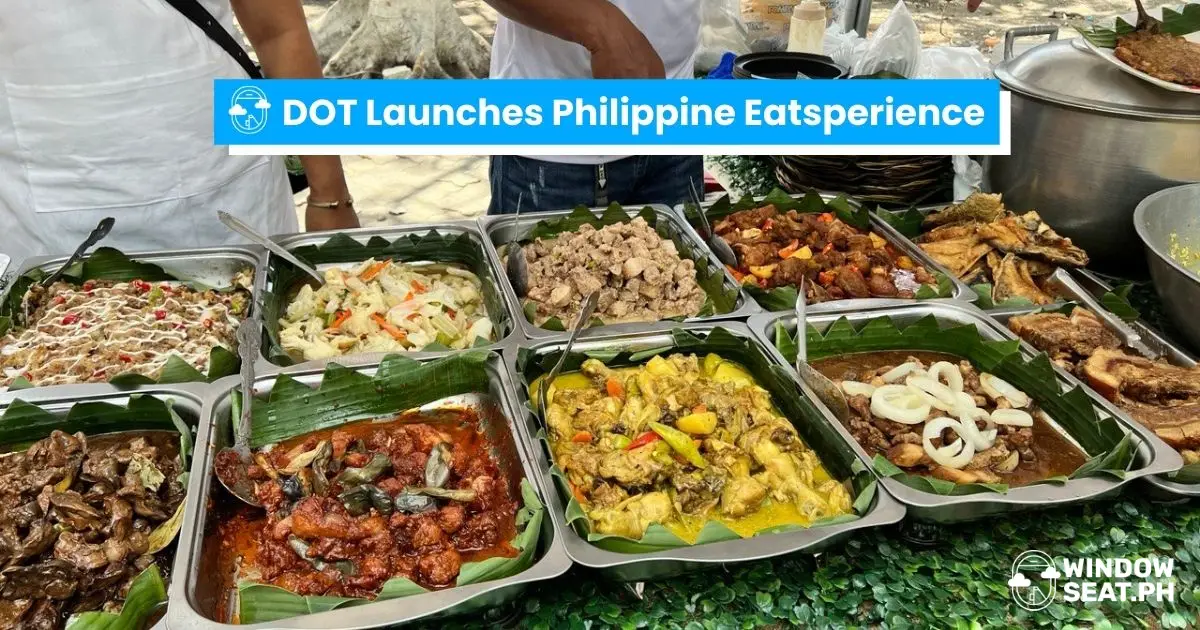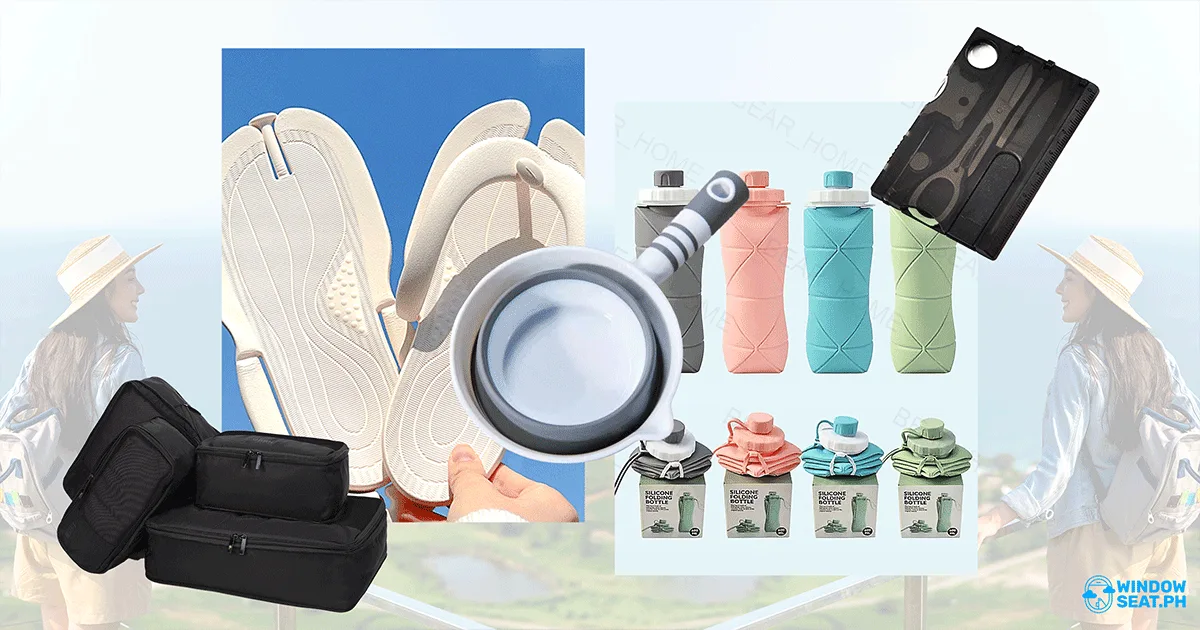Traveling by Foot: Of Nature, Baguio, and Being Filipino
Baguio how you should see it.
by Patria Regalario | May 19, 2015
[article_carousel images=”http://windowseat.ph/wp-content/uploads/2015/05/2060966_P1293295_1_1.jpg, http://windowseat.ph/wp-content/uploads/2015/05/2144064_P1293258_1.jpg, http://windowseat.ph/wp-content/uploads/2015/05/wsbaguio6.jpg, http://windowseat.ph/wp-content/uploads/2015/05/8247720_P1283017_3.jpg”]
It has only been a little over a year since I decided to spend more than my usual long weekend holiday time to explore the city of Baguio. Although this might seem like another I-quit-my-job–to-find-myself-and-travel stories, I would like to offer a different perspective.
I left Manila in hopes of relieving myself of the stresses of racing and pacing to career choices and financial stability, both of which has been incessantly made challenging by the social conditions and realities of the third world middle class society. At the age of 26, at a time where I have finally secured myself a graduate degree from a top university, at a time where I could have booked a higher paying corporate job in media or advertising, I discovered that I was happiest—in solace in nature and in art.
I headed to Baguio—to Sto. Tomas Proper in Balacbac, the first town off of Marcos Highway—where our small house stood on the edge of a hill right beside the village water tank and a public elementary school. Our area is quiet and far from the interest of visiting tourists who normally followed the route to Baguio town proper and around usual tourist spots—Burnham Park, Mines View, Session Road, Camp John Hay, SM. I spent days and nights staring at crows flying about, humming birds perching on a fortune tree right across the balcony, constantly changing cloud formations, rainbows, constellations, Venus, the moon, and the thrilling crawling in of the afternoon fog.
On days when the weather was best, I would go out for epic two to three hour walks around the city, through highways, streets, alleys, and trails finding out which roads led to which, which ones were dead-ends, which areas had the prettiest pine cones, and which spots were hardest to walk.
The town of Bakakeng is an uphill maze, but it had the plumpest pine cones. You’d make good conversations with friendly joggers around South Drive and North Drive. There are some beautiful garden houses hiding in the shade of old trees along Amparo Drive. You’ll find the cheapest bag of fresh button mushrooms in a hardware store somewhere along Marcos Highway! You can hang out by the bridge along Asin Rd for one of the best sunsets. If you find the trail going down the river, you might as well take a dip in the water. You can get yourself an instant collection of clay pottery for ten bucks a piece if you head out to La Trinidad. If you want to feel safe yet feel lost in the middle of a forest, walk through the trails of Camp John Hay. Walk long enough until you find yourself being embraced by pine trees from all directions. If you are lucky, a murder of crows would come flying by cawing songs in chorus just for you.
Though I could consider letting you in on all of my secret spots, it would defeat the purpose of this story. So walk, find your own, and make your travels exciting. There is no better way of mapping places than travelling by foot. Your walks and hikes will thicken the pages of your own storybook, ever thicker than the callouses you’ll get from walking.
Above all nature sights and sounds, I fell in love with Baguio through its people. I would go to exhibit openings and be welcomed by a cheerful crowd of local artists who wore their cultural roots proud in every beating of the djembe (drum) and gangsa (gong). While waiting for the pinikpikan to cook for everyone to share, you’ll notice characters flaunting their indigenous tattoos and traditionally accented clothing, while some drank up to their favorite gin or tapuey (rice wine) over conversations about literature, philosophy, poetry, art, history, and what not.
I also admire their respect for nature and its creatures. Once, we were walking across Luneta Hill when a baby snake showed itself on our path. My friend picked it up and placed it on the soil area. “To increase its chances of survival, he said. If this happened in Manila, the first one to cut its head off would most likely be praised. At times when we walk the trails of Camp John Hay we would be picking up trash along the way. Then we’ll reward ourselves with bonfire circles roasting marshmallows and having open music jams.
Baguio City today is at risk of being completely destroyed by irresponsible tourism, commercialism and capitalism. So many trees are being cut down to pave way for concrete establishments meant to satisfy cravings for profit. I find it difficult to understand why people would destroy things beautiful just to earn money—money they use to find more beautiful places they haven’t yet destroyed.
The same goes with tourists, packing their bags and picnic baskets to enjoy nature trips and altogether leave their garbage behind. Again, why trash places we find beautiful? You can always build parking lots and shopping malls, but we won’t be able to grow forests and rivers out of our asses. So when all of our favorite nature spots have been destroyed, where else would we go to pitch our tents and hammocks and lay our mats to rest our heads from the noise and dirt we all so desperately try to escape from?
It is with my love for these beautiful things that I am writing this. Not to be heroic but to actualize the sense in preserving what gives me oxygen to breathe. If writing this would reach and touch a handful of readers into treating nature more kindly, I may have just made a big difference. If I may, I would like to share some pieces of advice about travelling not just in Baguio, but in the Philippines.
Be proud to be Filipino in heart, in mind, and in soul.
It is only through an authentic pride in ourselves that we will be willing to preserve the things that make us proud to be Filipino. If we are truly proud of our local places and culture as we love our selfies and groupies with mountains, forests, beaches, rivers, and people, then we should do our part in keeping them sacred. It is in owning these treasures that we would truly feel the pains in watching them be destroyed by our own hand.
Be humble.
Sometimes we restrict ourselves of knowledge outside the borders of places we’ve grown accustomed to. Travelling outside Manila puts people in a vulnerable position where not all of what they believe in—about money, work, education, social issues—is necessarily true and important. We need to see a bigger picture, to see the connections that directly affect our personal lives so we can make decisions that will help improve it. Interact and converse with people different from you. Being from the capital does not make us smarter and better people than everybody else. The smartest people I know are the good listeners, the best learners.
Float, but keep yourself grounded.
Sometimes being in beautiful places like nature takes us away from the real world and our responsibilities. We have to maintain a balance of work and play to keep our minds and bodies sound in its proper time and place. Learn to love the places you travel, but never lose love for places you call home. Give yourself reasons to leave as you equally find reasons to stay.
Walk.
The risk of falling victim to crime while walking the streets of Manila and the inconveniences of its public transport system have taught us that the best way to keep safe is to be within the walls of our houses, offices, and places well lit and familiar. Garbage, pollution, traffic—this dog eat dog concrete jungle clearly makes walking a bad idea. So when you do go out to find peace outside of the city, pack light and leave the baggage of Manila behind. The idea of “tourist places” need not always be specific. Walk and discover your own because we are in luck in having 7,107 islands to tread on with different angles of sunrises and sunsets reflecting our seas in different hues and colors. Remember: traveling does not always mean making reservations or spending money.
Learn that everything work in cycles.
Understand the importance of balance in everything you do and everything you are. Whatever we take from nature, we should give back so that it may continue to flourish. We have to let our mountains and waters rest. In the same way that with every tree we take to provide us shelter and supplies, we should plant another ten. In every animal we sacrifice to sustain ourselves, we breed and raise new ones. The ones not meant for eating, we protect and leave in their nature where they belong as they do the same to us. Life is all about balance—of breathing in and breathing out.
The more we realize how our own actions directly affect our living conditions, the better decisions we will be making to live better lives. The moment we learn that the respect we want for ourselves can only be earned from the respect we give others—both people and nature—will be the moment we free ourselves of the burdens of injustice and bitterness. I do not expect people to be environmentalists overnight, but I do know people are fond of finding ways to make lives better for themselves, so we shed some light on things that are often overlooked.
We should be proud of what we have, and believe me, we have a lot. We have an archipelago of islands that we can call our own; and though poverty, corruption, and capitalism will always be there to blur our points of view, as long as we protect the things that remain beautiful in our country, we will never run out of reason to keep our heads held high as we walk the soil of our origins with wings on our feet, leaving nothing but footsteps behind.
Photos by Dimitri Roleda, Arnold Baladad, and Inna Cristobal.

BUDGET
Taking the bus will cost you P900 (roundtrip)
Aside from Victory Liner, try passing through Gov. Pack Rd near Session Rd to get a ride. (Phil. Rabbit, Dagupan, Genesis), which costs the same, even cheaper.
The jeepney routes in Baguio mostly head to Baguio town proper. It will cost you a maximum of P11 for a ride to town. Baguio takes pride in their taxi drivers who give you your change down to the last peso.
Driving a car will cost at least P3,000 for gas plus P1,000 for toll fees.
The best time to travel to Baguio is during off-peak season, unless you’re into severe traffic and congestion.
Tip: It’s best to walk. Baguio city has the best views all around. Don’t hesitate exploring trails, getting a good exercise is a plus.

SHOPPING
The public market is the best place to buy supplies. There’s freshly ground coffee, freshly harvested fruits and vegetables, and local products and crafts.



